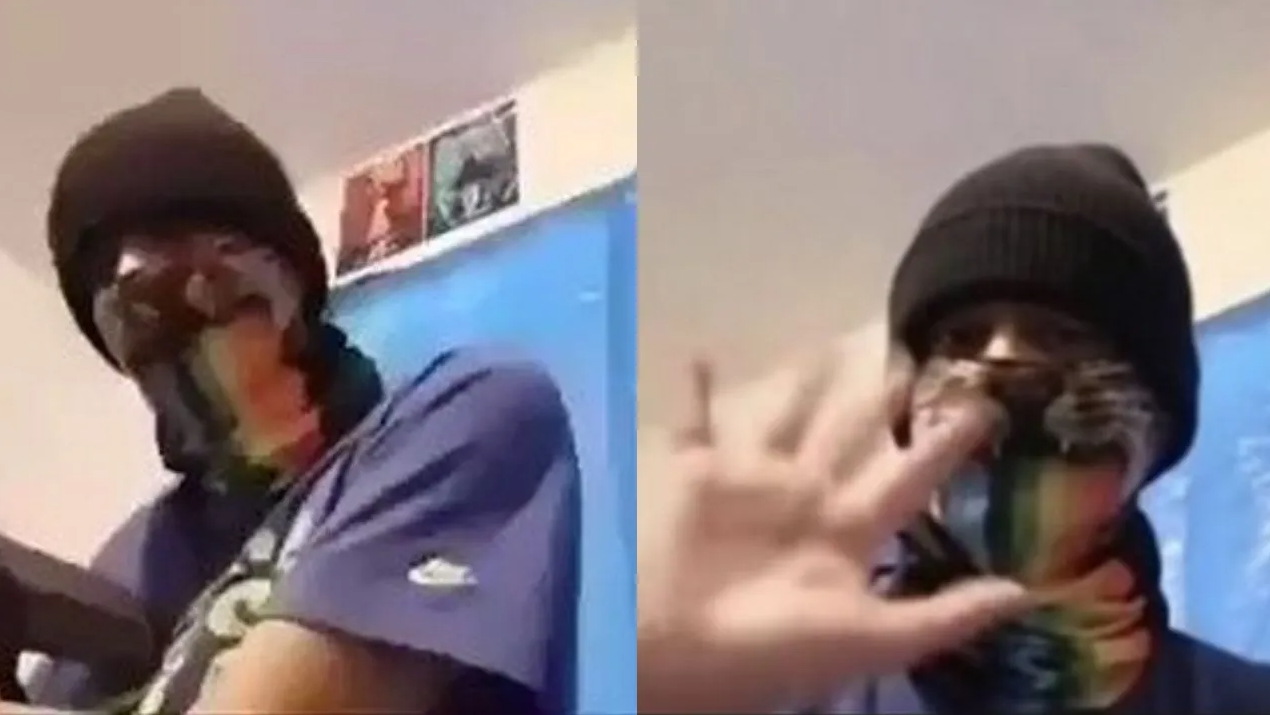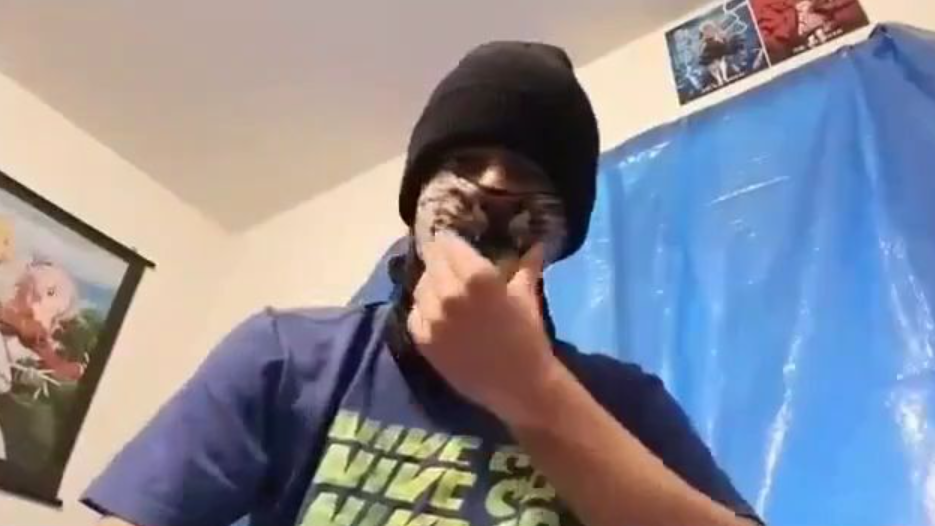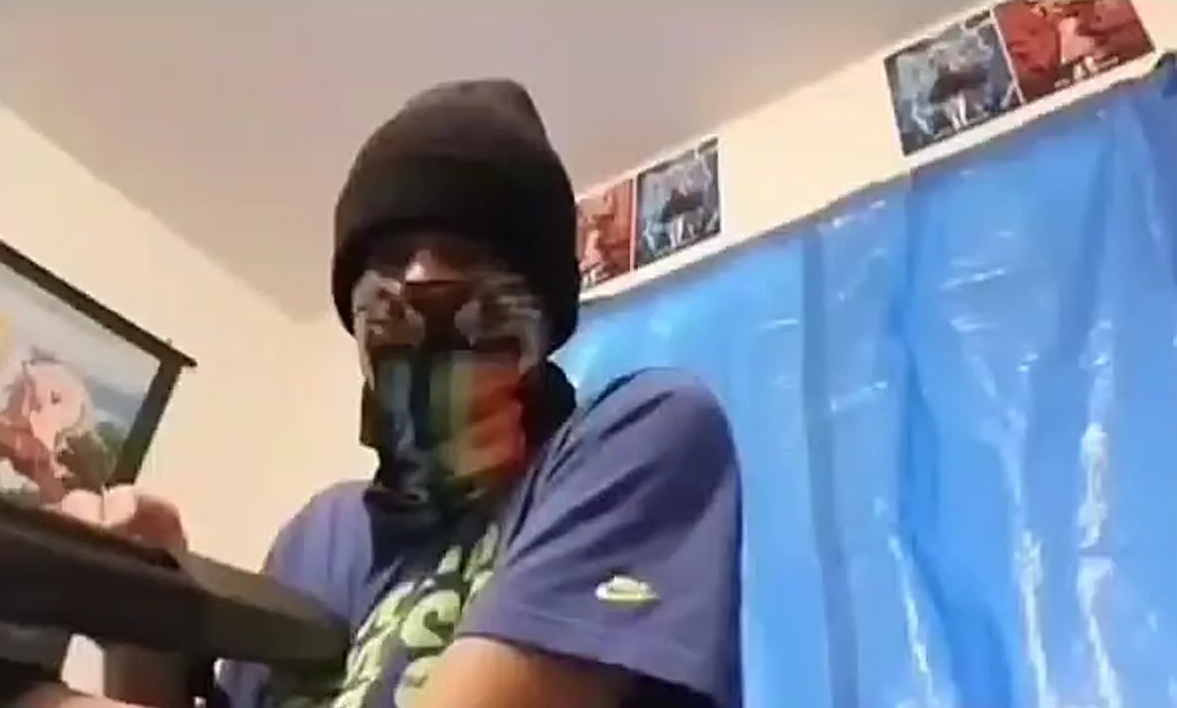Shuaib Aslam Full Video and the Livestream Tragedy
On March 14, 2018, the world witnessed one of the most harrowing examples of youth mental health struggles intersecting with the digital age. In Stockton, California, 18-year-old Shuaib Naz “Shuaiby” Aslam ended his life during a live YouTube broadcast. Armed with a shotgun, he took his own life while several users on Discord watched and interacted with him. In the background, a young woman’s distressed cries could be heard, capturing the shock and horror of those witnessing the tragedy in real time.

Shuaiby’s story is more than a tragic death; it is a stark warning about the hidden battles many young people face behind screens. It highlights the consequences of untreated mental illness, difficult family relationships, and digital platforms that sometimes amplify isolation rather than provide support.
Contents
Mental Health Struggles Captured on Video
In the months before his death, Shuaiby’s mental health declined rapidly. Isolation, a difficult relationship with his mother, and a lack of strong in-person support contributed to his despair. While he had an online presence and acquaintances on platforms like Discord, it could not replace the support he needed offline.
Shuaib Aslam’s unedited video left audiences horrified and speechless
The warning signs were there: withdrawal, pessimism, and dark humor, but, as is often the case, they were misunderstood or overlooked. By the time his struggle became unmistakable, it was tragically too late.
Who Was Shuaib Naz “Shuaiby” Aslam?
Friends described Shuaiby as a kind and thoughtful teenager. He had a deep passion for anime and video games, hobbies that brought him joy and a sense of community online. Like many 18-year-olds, he was still trying to find his place in the world. Beneath his friendly demeanor and online persona, however, he was quietly struggling with severe depression.

Shuaiby grew up in a household that, by most accounts, did not fully recognize the depth of his emotional suffering. Friends remembered him as intelligent and considerate the same qualities that made his final act all the more haunting.
The Day of the Suicide
On March 14, 2018, Shuaiby began a YouTube livestream and kept an active chat open on Discord. He appeared calm, eerily so, as he meticulously carried out his plan. Using a Kel-Tec KSG shotgun, he ended his life on camera.
Before the act, he laid a tarp in his room to minimize the cleanup for his family and left a note instructing his mother not to let his younger siblings see the scene. As the gun went off, viewers witnessed the tragedy unfold in real time, and the horror of a girl crying on Discord captured the traumatic impact on those watching.
The Aftermath
The immediate aftermath was devastating. The force of the shotgun caused severe injuries, and within minutes, his mother discovered his body. Her anguished reaction, screaming and calling 911, was broadcast live.
Shuaiby’s note to his mother, a final act of care amidst his despair, reflected the complexity of his emotions wanting to protect his siblings even as he inflicted immense pain on his loved ones.
Reactions and Community Response
Friends and online peers were stunned and grief-stricken. Many remembered him as warm, funny, and intelligent qualities that seemed at odds with the violent way he ended his life. Online reactions were polarized: some offered sympathy, while others cruelly shared and mocked the video.

This incident underscored a troubling reality: the internet can connect but also harm. Shuaiby’s death became part of a grim digital lore, while platforms like YouTube faced criticism for not removing the content quickly enough.
Ethical Considerations of Livestreamed Death
Shuaiby’s livestream raises difficult ethical questions. What responsibility do tech platforms have to prevent such tragedies? How should disturbing content be moderated in real-time? And what are the psychological effects on viewers, especially minors, exposed to such trauma?
Watching someone die live can leave lasting emotional scars. Platforms like Discord and YouTube now face the challenge of detecting signs of suicidal behavior and intervening before it is too late.
Lessons and Legacy
Shuaiby’s death provides important lessons for families, educators, individuals, and technology platforms. Above all, it highlights the urgent need for early mental health support. Teenage depression can have fatal consequences if left unrecognized or untreated, and strained family relationships can intensify feelings of loneliness and despair.
While online communities can offer connection and support, they cannot replace real-world mental health care. For vulnerable individuals, the internet may even deepen feelings of isolation if meaningful offline relationships are lacking.
Technology platforms also carry responsibility. They must implement faster, more effective ways to detect and respond to life-threatening situations. Content depicting self-harm or suicide should be removed immediately, ensuring that no one encounters such material days or weeks later. Proactive measures could prevent future tragedies and protect both vulnerable users and online communities.
The story of Shuaib Naz “Shuaiby” Aslam is a deeply tragic reminder of the hidden struggles many young people face. He was more than a headline or statistic he was a teenager with dreams, friendships, and a future that he could no longer envision. His public suicide shook the internet, but more importantly, it should serve as a wake-up call for society.
This tragedy calls for greater awareness, compassion, and action to support youth mental health. It underscores the need for open family communication, better education about mental illness, and stronger safeguards in the digital world. While Shuaiby cannot be brought back, we can honor his memory by dedicating ourselves to preventing other young people from experiencing the same profound loneliness and despair he felt.
Daily News -Steve Stephens and Robert Godwin Video Sparks
Christina Solometo Video Sparks Road Rage and Public
Lisbon Funicular Crash Video and Tragedy Strikes
Tyre Nichols Video Sparks Outrage and Justice Calls
Woman Poops on Car in Road Rage Video and Goes Viral
Valeria Marquez Video and Shooting Goes Viral on Social Media
Eugenia Cooney Collapse Video Sparks Global Concern

